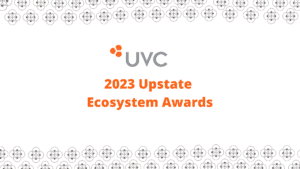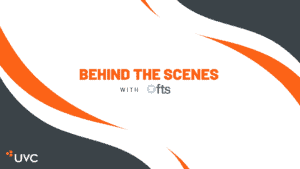Introducing Bloom: Another Spectacular Upstate NY Business
Allergy sufferers may some day find relief in the form of inhaler so compact it fits in your wallet.
That’s the highly innovative solution that senior RPI mechanical engineering and product design major James Cazzoli has come up with to help people like his best friend and younger brother, both whom he saw suffering from asthma growing up.
James is passionate about healthcare and wants to create something that truly improves the lives of people with asthma, he says. That’s why he has teamed with RPI graduate computer science student Jordan Dunne in launching a new company, Bloom, to develop and market the new inhaler.
Last Wednesday, James and Jordan won $8,000 in cash plus $2,000 in legal services in the Rensselear Business Model Competition. On Friday, they won an additional $5,000 in cash by taking second place in the biotech/healthcare category of the New York Business Plan Competition. They’re well on their way toward making Bloom a successful Upstate New York business and a creator of new jobs.
I had the privilege to be among the 14 judges RPI enlisted for its competition, joining people like serial entrepreneur and 1982 RPI graduate Bob Godgart, who contributed the $8,000 first prize. Bob’s commitment to helping the next generation is exactly the kind of active engagement that we need to create more companies and jobs in these new industries.
James and Jordan did an extraordinary job of reaching out to customers, analyzing the data, making changes, and going back and retesting its assumptions. Listening closely to the market is one of the most important skills that any startup must learn, and that’s one of the great things about RPI’s focus on the business model rather than plan. We were asked to base our judging on how well the student went out to get customer feedback and then revised their plan or product based on that feedback. That’s how it’s done in the real world and it’s exactly the approach that should be emphasized in developing entrepreneurs.
In his compelling, ten-minute pitch, James described key pivots he made as he learned more about the needs and concerns of asthma sufferers and their relatives as well as regulatory hurdles he’ll have to cross in obtaining FDA approval to market a Class 2 medical device. For example, he initially thought four doses would be enough for a “rescue” inhaler, but learned through focus groups it would have to be six.
It’s easy for medical device developers to lose precious time by going down the wrong path in the early stages of their company’s development, which is why I suggested to James the he make it a priority to connect with life science entrepreneurs who have brought FDA-regulated devices to market. We have a larger concentration of such talent in Western New York, where there’s both academic and commercial research as well as more emerging growth life science companies. We’ll reach out to the UVC network and help make some key introductions. James has every reason to be confident in the soundness of his model, and we have every reason to help him build what could be a spectacular Upstate New York business.


